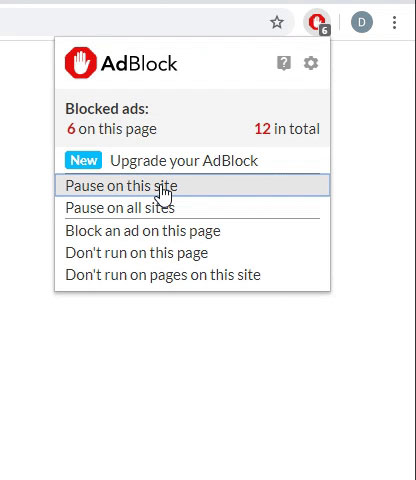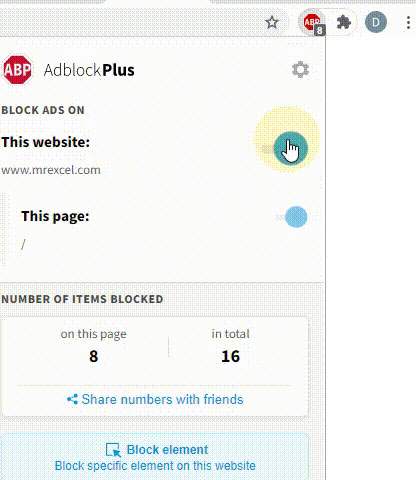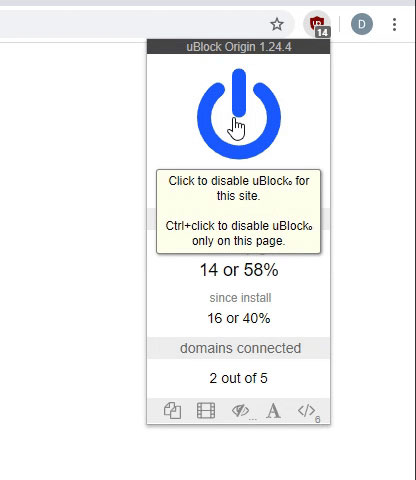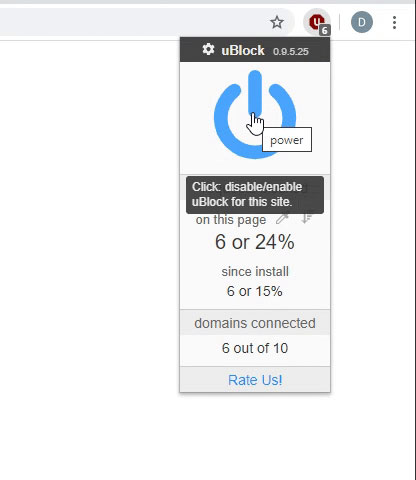DixiePiper
New Member
- Joined
- Oct 19, 2015
- Messages
- 44
- Office Version
- 365
- Platform
- Windows
I have a pipeline maintained in a web application and need to export the data. A built-in export function will give me an Excel report, but the default format is borderline useless, and there is no way to customize it within the application. I am building out some VBA code to transform it into something I can actually use. The data is organized into several sections, and I need to delete rows between the sections to get one data set vs. 6 groups. Here is a link to a sample file: Pipeline Example
Some notes:
I'm working with Office 365 on a Windows 11 machine.
Some notes:
- The section titles are always the same (Presolicitation, Active Pricing, etc.)
- Each section title is always followed by the same row of column headers
- There are always 2 blank lines below the last data row of the previous section and the next section's title.
- The number of data rows in each section (e.g., Effort 1, Effort 2, etc.) will vary depending on the current workload.
- I do not need to preserve the section titles as that data is in one of the report columns.
I'm working with Office 365 on a Windows 11 machine.





